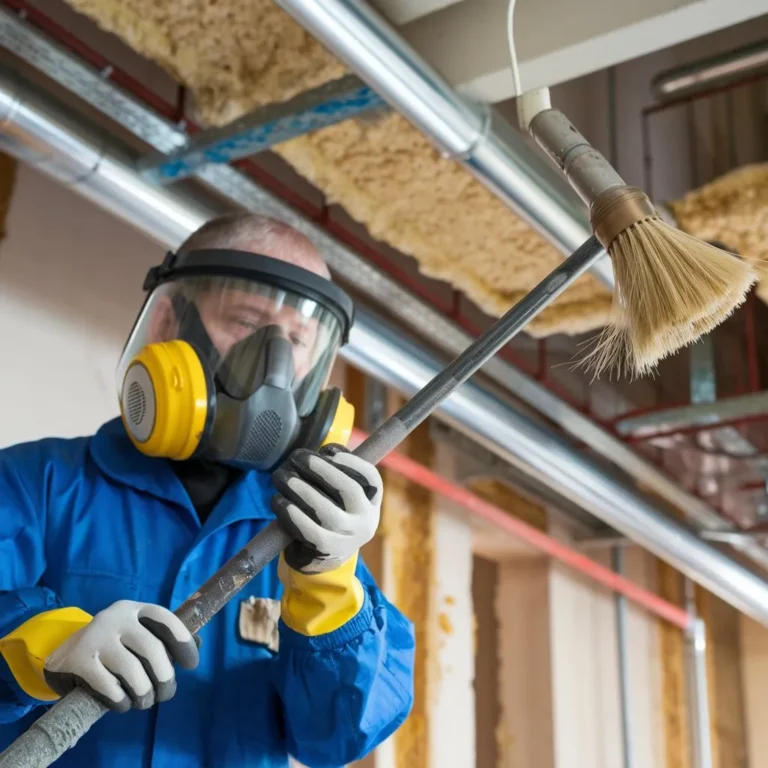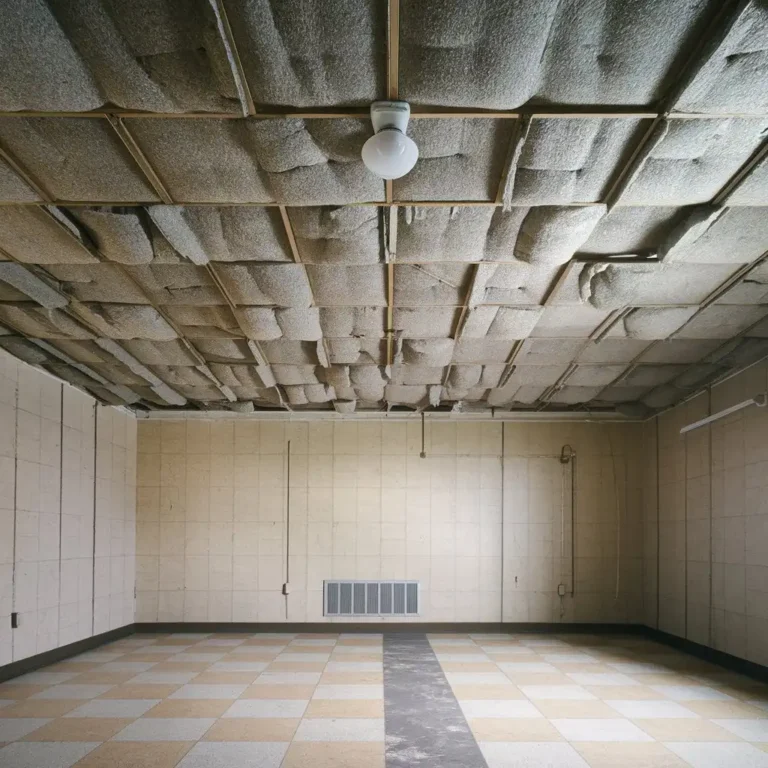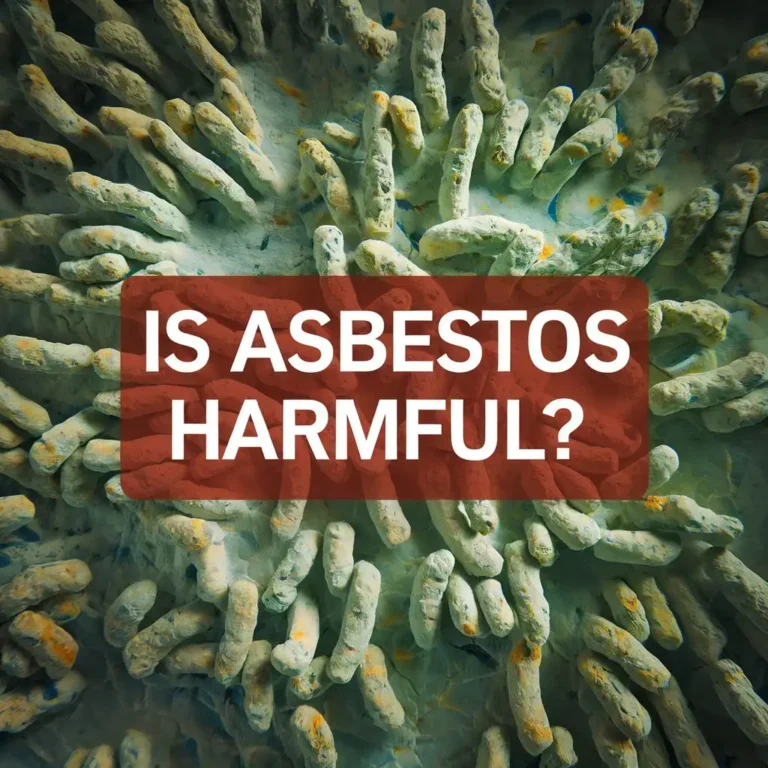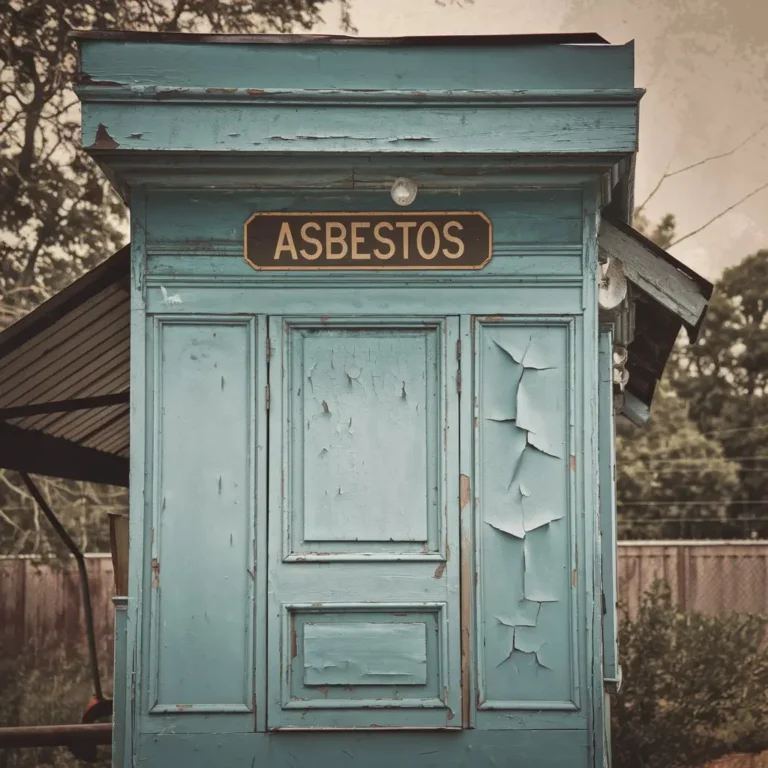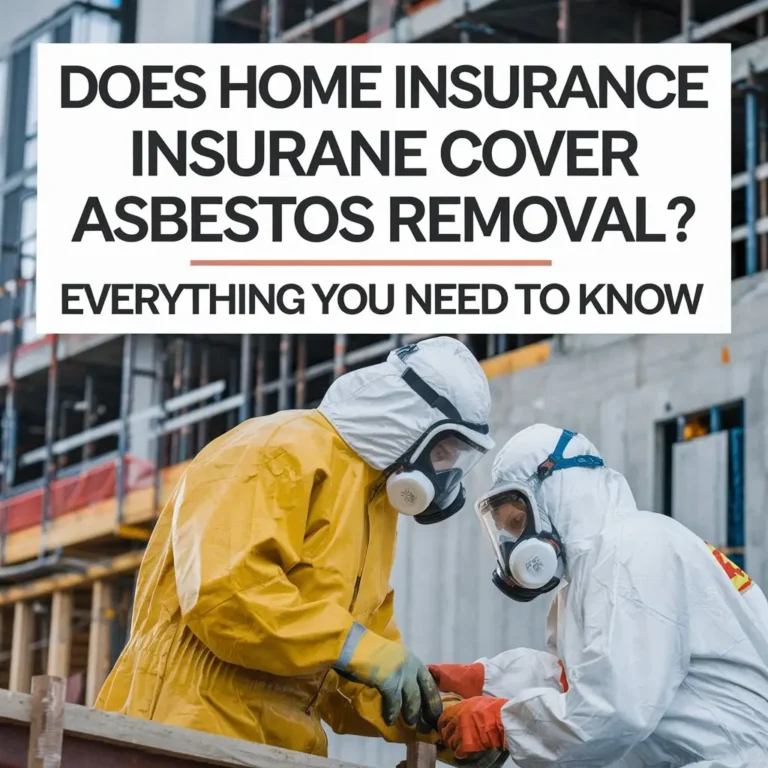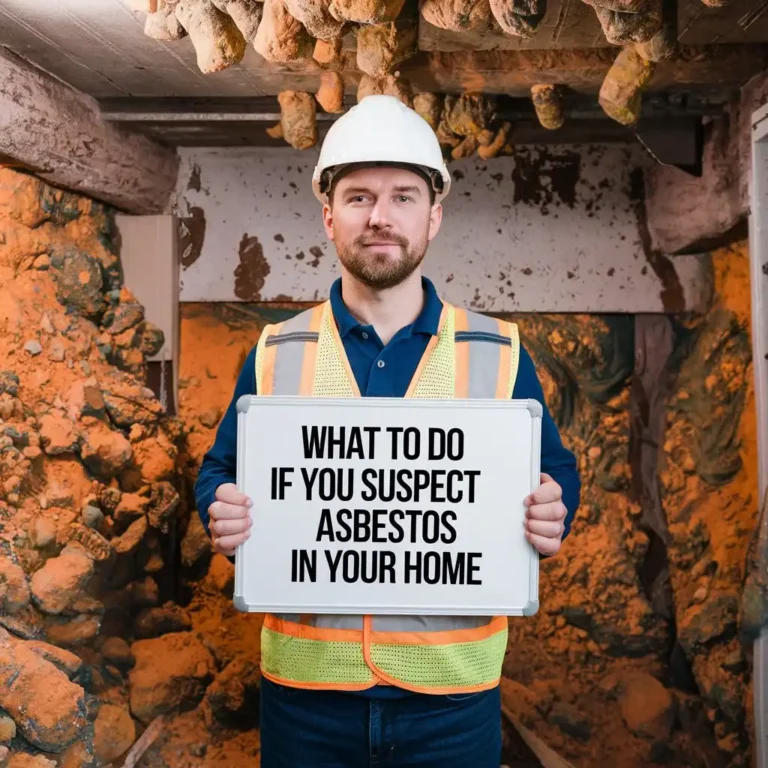How to Safely Remove Asbestos from Vinyl Flooring
Asbestos is a serious concern when dealing with old flooring materials. If your home has vinyl flooring that could contain asbestos, it’s important to take proper precautions before attempting to remove it. This guide explains how to safely remove asbestos from vinyl flooring, step by step, ensuring the process is done with minimal risk.
What is Asbestos in Vinyl Flooring?
Asbestos is a naturally occurring mineral that was commonly used in construction materials until the late 20th century. It is known for its heat resistance and durability. Unfortunately, asbestos fibers can be harmful when they become airborne and are inhaled. In vinyl flooring, asbestos was often used for added durability and fire resistance. If your home contains flooring installed before the 1980s, there’s a chance that it could contain asbestos.
Types of Vinyl Flooring That May Contain Asbestos
Certain types of vinyl flooring are more likely to contain asbestos, including:
- Vinyl Asbestos Tiles (VAT): Popular between the 1950s and 1980s, these tiles are the most likely to contain asbestos.
- Sheet Vinyl Flooring: Some sheet vinyl from the same time period also contains asbestos, particularly in older, textured, or multi-layered designs.
- Vinyl Flooring Adhesives: Adhesives used in conjunction with vinyl flooring may also contain asbestos.
If your flooring was installed before 1980, it’s essential to treat it with caution.
How to Safely Remove Asbestos Vinyl Flooring
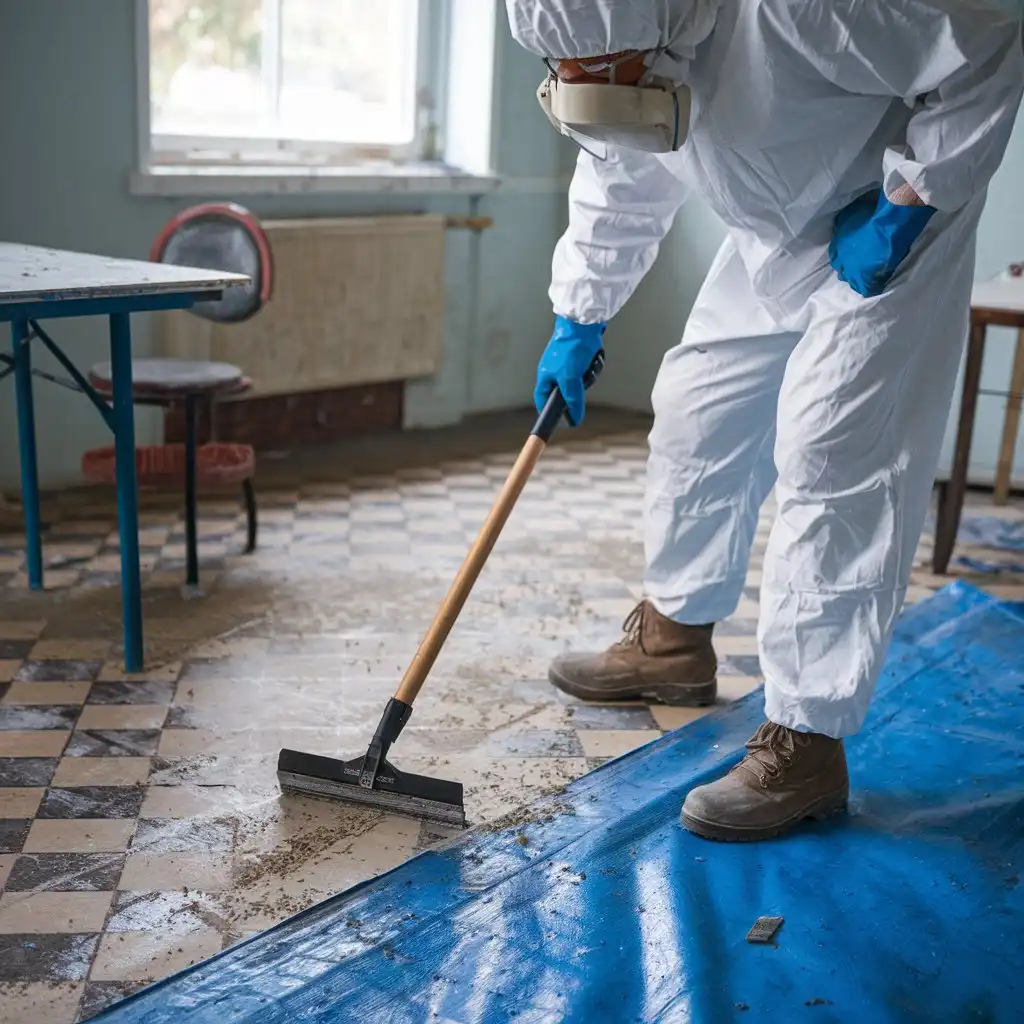
Removing asbestos-containing vinyl flooring requires careful handling. Follow these steps to safely remove it from your home.
Step 1: Confirm Asbestos Presence
Before you begin any removal process, it is critical to confirm that your vinyl flooring contains asbestos. You can’t visually identify asbestos, so having the flooring tested by a certified professional is the safest approach. Asbestos Testing involves sending a sample of the material to a lab where it will be analyzed.
Step 2: Gather the Necessary Equipment
To safely remove asbestos, gather the following equipment:
- Protective clothing (disposable coveralls, gloves, boot covers)
- Respirator with a HEPA filter
- Plastic sheeting to cover surfaces
- Spray bottle with water and a wetting agent
- Utility knife or floor scraper
- Sealable plastic bags for disposal
Ensure you have all necessary tools before starting the process.
Step 3: Prepare the Work Area
Before beginning, clear the room of any furniture and items that could be contaminated. Seal off the area with plastic sheeting to prevent asbestos particles from spreading to other parts of the house. Close off air vents and doors. If possible, seal off HVAC systems to avoid circulating asbestos fibers.
Step 4: Wet the Flooring
Asbestos dust becomes dangerous when disturbed, so wetting the flooring before removal is crucial. Use a spray bottle to dampen the vinyl flooring. Add a wetting agent to the water to help penetrate the surface. This helps prevent fibers from becoming airborne.
Step 5: Remove the Flooring
Carefully remove the vinyl flooring by cutting it into small sections. Use a utility knife or floor scraper to lift the vinyl and adhesive. Keep the area moist to minimize dust. Take your time and work slowly, being careful not to break the tiles into small pieces that could release fibers into the air.
Step 6: Properly Dispose of the Materials
Once the flooring has been removed, it’s essential to dispose of it properly. Place all asbestos-containing materials into heavy-duty plastic bags. Seal the bags tightly and clearly label them as containing asbestos. Check your local regulations for approved disposal methods for hazardous materials.
Step 7: Clean the Area
After the flooring is removed and disposed of, thoroughly clean the area. Wet wipe all surfaces, including walls and floors. Use a HEPA vacuum to remove any remaining asbestos particles from the room. Do not use a regular vacuum, as it can spread asbestos fibers.
Should You Hire a Professional for Asbestos Flooring Removal?
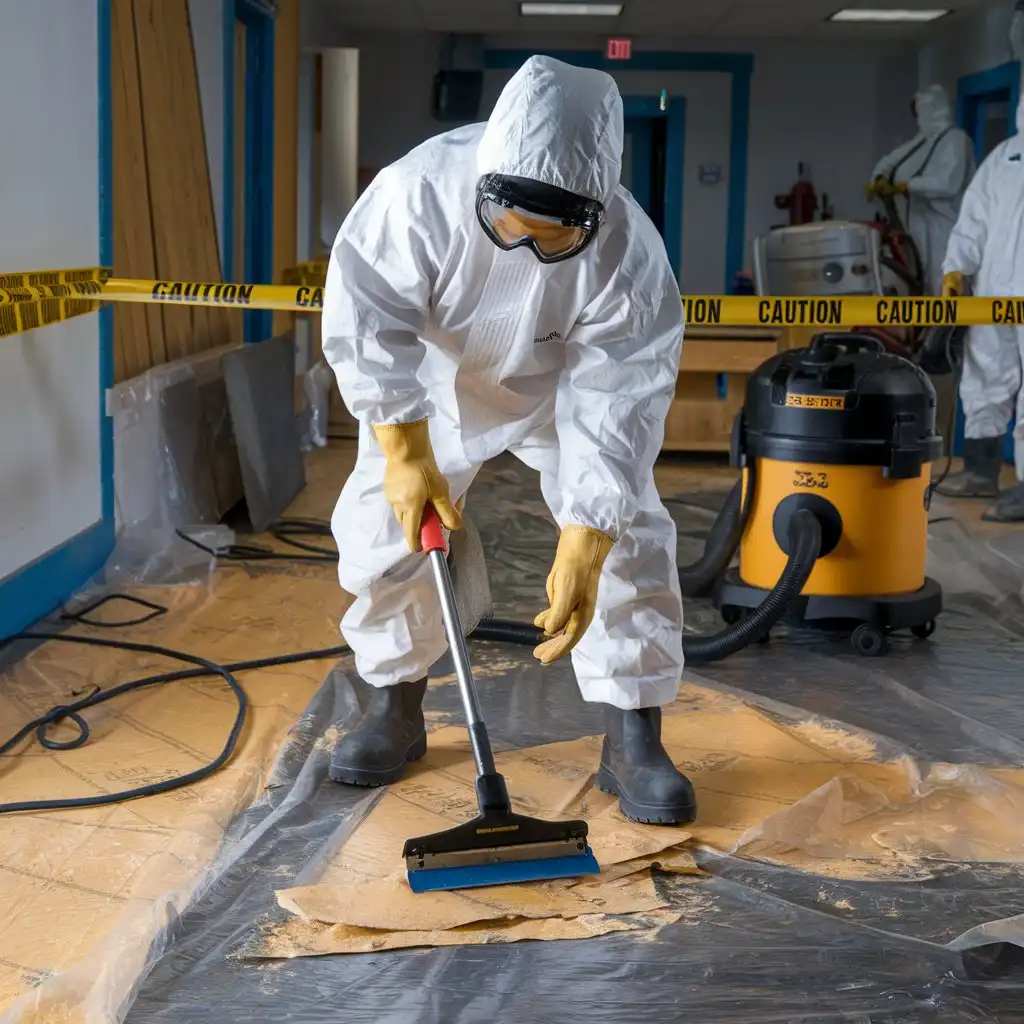
If you are not confident in handling asbestos removal yourself, or if the job seems too large or complex, hiring a professional is a safer option. Asbestos removal professionals have the training, equipment, and experience to handle asbestos safely. They will ensure the job is done according to local laws and safety regulations.
What Are the Health Risks of Asbestos in Vinyl Flooring?
Exposure to asbestos fibers can cause serious health issues, including:
- Asbestosis: A chronic lung disease caused by inhaling asbestos fibers, leading to lung scarring and difficulty breathing.
- Mesothelioma: A rare cancer that affects the lining of the lungs or abdomen.
- Lung Cancer: Inhalation of asbestos fibers is a known cause of lung cancer.
Even minimal exposure to asbestos can pose health risks. Therefore, removing asbestos safely is crucial.
FAQs
What should I do if I find asbestos in my flooring?
If you discover asbestos in your flooring, it is best to leave it undisturbed until you are ready to remove it. If removal is necessary, hire a professional or follow safety guidelines carefully.
Can I remove asbestos flooring myself?
While it is possible to remove asbestos flooring yourself, it is a high-risk activity. If you are unsure or uncomfortable with the process, it is safer to hire a certified asbestos removal contractor.
How much does it cost to remove asbestos from vinyl flooring?
The cost of asbestos removal varies depending on the size of the area, labor costs, and disposal fees. On average, homeowners can expect to pay anywhere from $1,500 to $3,000 for removal and disposal.
Conclusion
Removing asbestos from vinyl flooring requires careful planning and proper safety measures. While it is possible to do the job yourself, it is essential to follow all necessary precautions to avoid health risks. Always test the flooring first, and if you’re unsure about the process, consider hiring a professional. By doing so, you can ensure the safety of your home and health.
